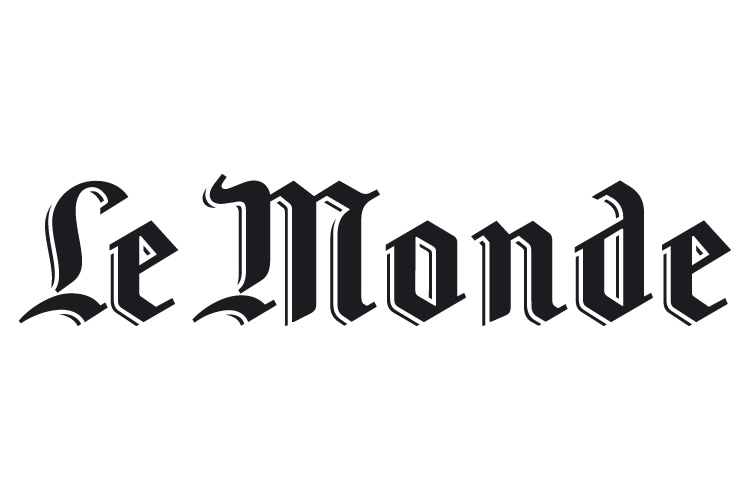Le Monde
Philippe Dagen
8.06.2011
From: Dagen, Phillippe. “Ni vu ni connu, un slogan nazi sur le marché de l’art,” Le Monde, Culture. Published 9 june 2011, Paris, France.
http://www.lemonde.fr/culture/article/2011/06/08/ni-vu-ni-connu-un-slogan-nazi-sur-le-marche-de-l-art_1533481_3246.html
Entirely Unnoticed, a Nazi Slogan Sneaks into the Art Market
Phillippe Dagen
VENICE, BY OUR SPECIAL CORRESPONDENT – Just as in the two former Venice Biennials, Palazzo Fortuny hosts an exhibition suggested by Axel Vervoordt, a well known and powerful Belgian antique dealer who defines himself as a “passionate universal man” and a “visionary dealer.” We are in a roomy gallery of curiosities where archeological and ethnological objects and old or contemporary western works merge. The first edition, “ArTempo,” by French curator Jean-Hubert Martin, was entirely successful. The second, “Infinitum,” seemed to be closer to a large stall – luxurious, of course – of the Axel Vervoordt Collections. The third, “Tra,” which will be exhibited in the same place until November 27, leaves a bad taste behind.
In the credits we find very well known names: Rodin, Léger, Fontana, Kapoor and even Peter de Hooch. The gallery owners take part in the exhibition of their colleague with some works by distinguished artists drawn from their storerooms, which does not necessarily mean that they are major works, but expensive they are.
Money believes itself all-powerful
Palazzo Fortuny, a museum, thus accepts to play the role of a showcase for trade in art objects. This could be seen as a case of the present correlation of forces between, on the one hand, the market and those operating in it and, on the other, museum institutions, weakened and in some cases almost ruined and thus compelled to rent their space to the highest bidder. But “Tra,” however, pushes the demonstration too far, to unacceptable limits.
On the ground floor, at the end of an exquisite corridor with one side opening to a canal and the other to the inner garden in the palace, we find a large wrought iron piece set on the floor against a wall, in which you can read, in capitals: Arbeit macht frei, literally, “work sets you free.” These were the words placed over the entrance of Nazi concentration camps in Auschwitz, Dachau or Sachsenhausen. There is no allusion to this on the plate which simply attributes the object to the artist of Cuban origin Tania Bruguera, with whose political performances and actions, as well as in favor of immigrants, we are already familiar. Probably the will of protesting and commemorating moved Tania Bruguera to this remake. Perhaps she ignored that in 1992 Claude Lévêque had made an installation associating this same iron inscription with a white neon Mickey. Perhaps she did not know the context in which her piece is exhibited today, next to abstract paintings and Indian sculptures.
However, it is difficult to believe that none of the four “Tra” curators knew the meaning and origin of this inscription. But they only saw it as an art object just like any other… that is, something having to do with exhibition and trade. It did not disturb them to show it like that. The press release very appropriately points out that the exhibition creats “a mischievously trustworthy atmosphere” among the pieces. Mischievous? Obviously, money believes itself omnipotent, in the world of art as well as elsewhere.
Philippe Dagen. Article published on June 9, 2011.
